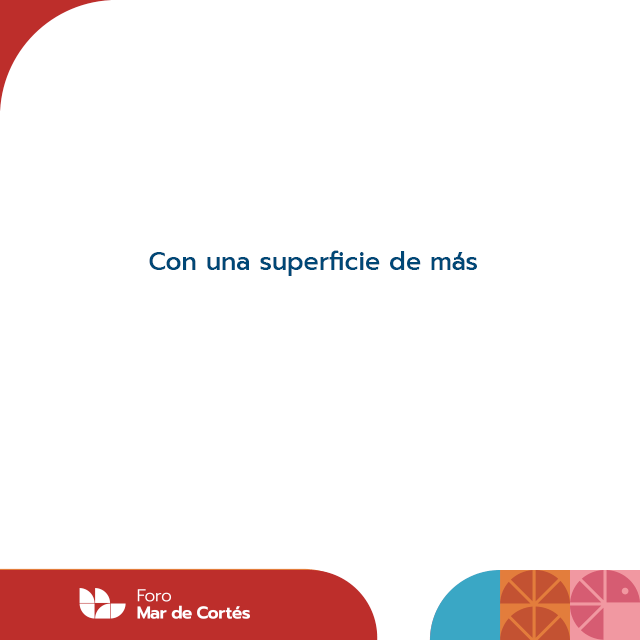The Western Hemisphere Shorebird Reserve NetworkWHSRN, for its acronym in English, qualifies that the Santa Maria Bay located in the municipality of AngosturaSinaloa, Sinaloa, is a region with very high biological potential, but the ecosystem is threatened by various factors.
The international organization based in Massachusetts, United States, highlights that this area has several types of habitats, mainly mangrove, and is home to four different species.
In this wetland you can find the cone mangrove or buttonwood (Conocarpus erecta), red mangrove (Rhyzopha mangle), white mangrove (Avicennia germinans) and mangrove prieto (Laguncularia racemosa).
The low deciduous forest is also present throughout the coastal strip and many of its islands, and it is common to find patches of xerophytic and halophytic vegetation, as well as extensive areas with dunes and marshes.
"The entire bay is subject to tidal movements, on this influence depend largely marshy areas that is the ideal place where birds remain, mainly shorebirds. It presents the conditions of continental wetland, although in the last decades the human settlements and therefore the practices of exploitation of the zone have created conditions for extensive marshy areas", he explains.

Threats
The Hemispheric Network states that this ecosystem is threatened by the overexploitation of natural resources and by the development and installation of a large number of aquaculture farmsmany of them without the corresponding authorization from the authorities.
"Fishing camps and their activity have caused a gradual deterioration of the aquatic flora and fauna. Talking about fishing activities implies overfishing, garbage, improper fishing techniques, contamination by oil and gasoline waste, and a lack of culture regarding the use of resources," he defines.
The organization claims that the construction of canals to fill the ponds of aquaculture farms has impeded the ebb and flow of the tides, which has caused the death of mangroves and other halophytic vegetation.
"If this trend continues, there is a risk of ecological disaster," he warns.
Another threat to the Santa Maria Bay is agricultural activity, due to the application of agrochemicals, the surplus of which ends up in this body of water through wastewater, causing the gradual eutrophication of the area.
Proposed solutions
The Western Hemisphere Shorebird Reserve Network stresses that in order to halt the deterioration of this area, priority must be given to restoring wetlands destroyed by aquaculture farms that have abandoned their activities, controlling fishing in general, and stopping the disposal or discharge of water containing agrochemicals from agricultural areas and surrounding cities.
The organization states that despite its biological richness, there is no systematic study of flora and fauna, so there is no reliable inventory to establish conservation priorities for the resources of Bahía Santa María.
Bahía Santa María receives more than 500,000 shorebirds per year in an area of more than 53,000 hectares, which is why it is classified as a hemispheric site.
The main objective of the WHSRN is to protect critical sites for shorebirds: breeding, wintering, transit, and stopover areas during migration.


